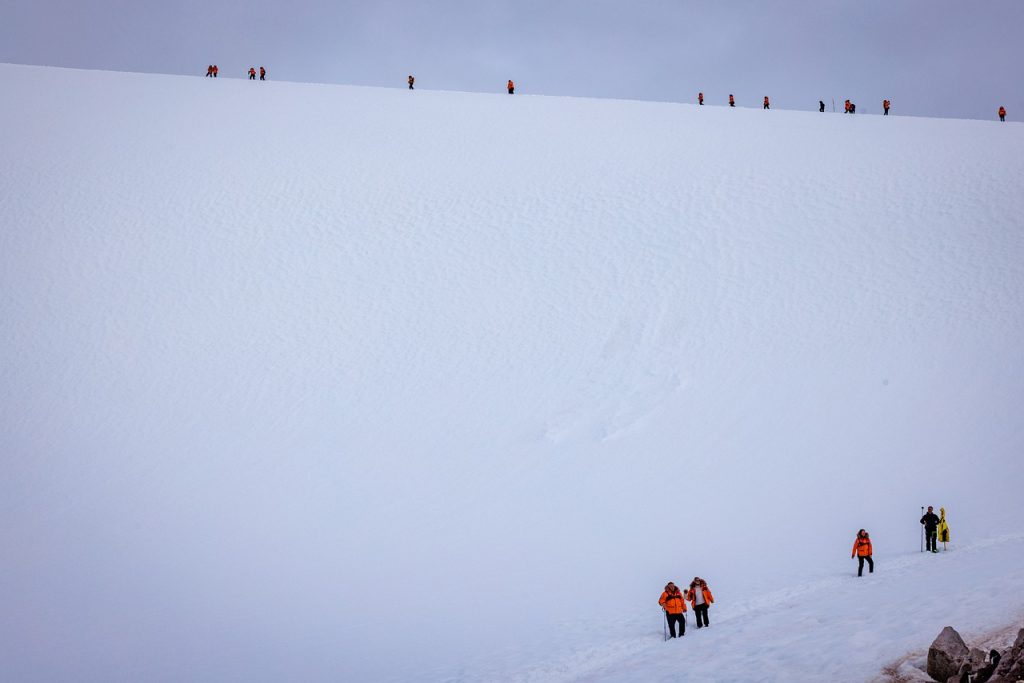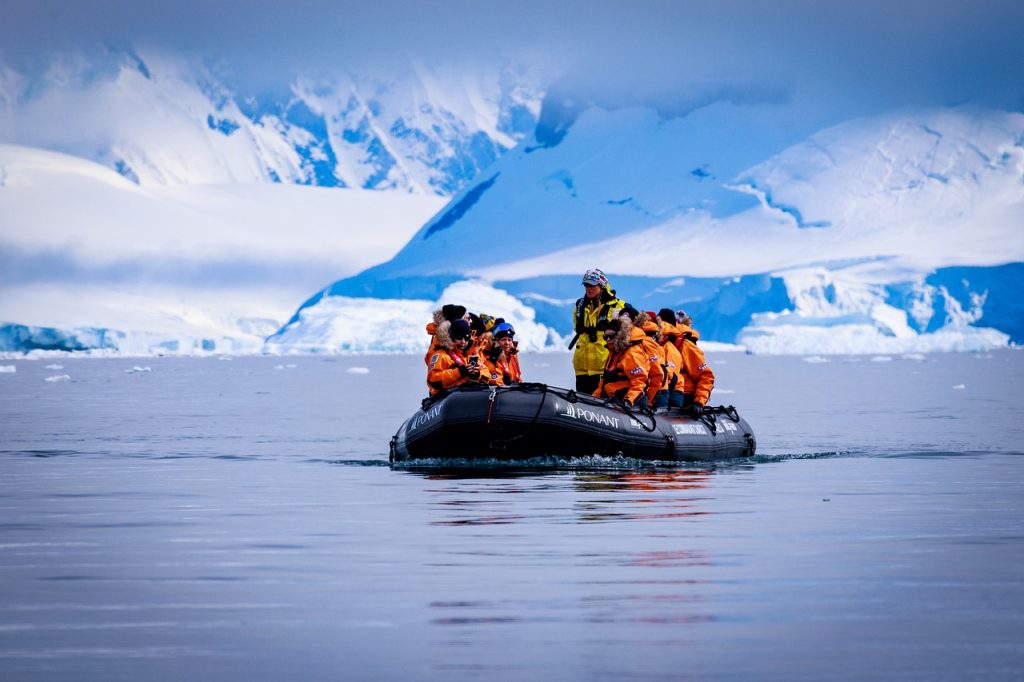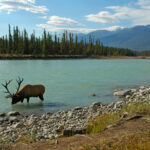Antarctica, the Earth’s southernmost continent, is a vast frozen wilderness that captures the imagination of many adventurous travelers. With its unique landscapes, abundant wildlife, and pristine environment, it offers an unparalleled travel experience for those seeking to explore one of the last true frontiers on our planet. This guide will provide you with everything you need to know about traveling to Antarctica, including when to go, what to expect, and how to prepare for this once-in-a-lifetime journey.
Section 1: When to Travel to Antarctica
The best time to travel to Antarctica is during its summer season, which falls between November and March. During this time, temperatures are relatively mild, ranging from -2°C to 6°C (28°F to 43°F), and the continent is bathed in nearly 24 hours of daylight. This period also offers the best opportunities for wildlife viewing, as numerous species, such as penguins, seals, and whales, are active and can be observed in their natural habitat.
Section 2: How to Get There
A. Flying to Antarctica
There are a limited number of flights that transport passengers to Antarctica, primarily from Punta Arenas, Chile, to King George Island, located just off the Antarctic Peninsula. From there, travelers can join a guided tour or expedition.
B. Cruise Ships
The majority of travelers reach Antarctica by cruise ship, embarking from ports in South America such as Ushuaia, Argentina, or Punta Arenas, Chile. A variety of cruise options are available, ranging from small expedition vessels to larger luxury ships.
C. Icebreakers
For the more adventurous, specialized icebreaker ships offer the opportunity to travel to regions of Antarctica that are otherwise inaccessible. These vessels are equipped with reinforced hulls and powerful engines, allowing them to navigate through thick sea ice.

Section 3: Choosing the Right Tour
When planning your trip to Antarctica, selecting the right tour is crucial. Consider factors such as the size of the ship, the expertise of the expedition team, the itinerary, and the level of comfort and amenities on board. Research various tour operators and read reviews from previous travelers to ensure you choose a reputable company that aligns with your preferences and budget.
Section 4: What to Expect
A. Weather
Antarctica’s climate is harsh and unpredictable, with sudden changes in weather conditions. Be prepared for extreme cold, strong winds, and heavy snowfall, even during the summer months.
B. Wildlife
Antarctica is home to an incredible array of wildlife, including penguins, seals, whales, and numerous species of seabirds. Keep a respectful distance and follow the guidelines provided by your tour operator to ensure the well-being of these animals.
C. Landscapes
The continent’s stunning landscapes, including towering glaciers, vast icebergs, and dramatic mountains, provide a breathtaking backdrop for your Antarctic adventure.
Section 5: How to Prepare
A. Clothing
Dressing in layers is essential for staying warm and dry in Antarctica. Invest in high-quality, waterproof outerwear and insulated, moisture-wicking base layers. Don’t forget essentials such as warm gloves, hats, and thermal socks.
B. Gear
Pack items such as a reusable water bottle, binoculars, a camera with extra batteries, and sunscreen to enhance your Antarctic experience.
C. Health and Fitness
Some tours may require a certain level of physical fitness for activities such as hiking or kayaking. Be sure to consult with your tour operator about any specific requirements and maintain your health before embarking on your journey.
D. Documentation
Ensure that your passport is up-to-date and valid for at least six months beyond your planned travel dates. Depending on your nationality, you may also need a visa for your transit countries (e.g., Argentina or Chile). In addition, some tour operators may require a medical clearance form to confirm your fitness for Antarctic travel. Be sure to check with your tour operator and the relevant embassies or consulates for any specific documentation requirements.
Section 6: Environmental Responsibility and Sustainable Travel
When traveling to Antarctica, it’s crucial to prioritize environmental responsibility and sustainable practices. The fragile Antarctic ecosystem is vulnerable to human impact, and as a visitor, you have a duty to minimize your footprint. Here are some guidelines to follow:
A. Follow the Antarctic Treaty and IAATO Guidelines
Familiarize yourself with the Antarctic Treaty and the International Association of Antarctica Tour Operators (IAATO) guidelines, which provide a framework for responsible tourism in the region.

B. Leave No Trace
Pack out all trash and dispose of it responsibly. Do not disturb the wildlife or vegetation and avoid trampling on delicate mosses and lichens.
C. Choose a Responsible Tour Operator
Select a tour operator that prioritizes sustainable practices, follows IAATO guidelines, and actively contributes to Antarctic conservation and research efforts.
D. Educate Yourself
Learn about Antarctica’s unique environment and the challenges it faces, such as climate change and the impacts of tourism. By understanding these issues, you can become a more informed and responsible traveler.
Conclusion
Traveling to Antarctica is an unforgettable adventure that allows you to explore one of the most remote and pristine places on Earth. By planning carefully, choosing a responsible tour operator, and adhering to environmental guidelines, you can ensure that your journey is both enjoyable and sustainable. As you embark on this once-in-a-lifetime experience, remember to embrace the beauty and majesty of the Antarctic landscape, respect its delicate ecosystems, and cherish the memories you create in this extraordinary corner of the world.







